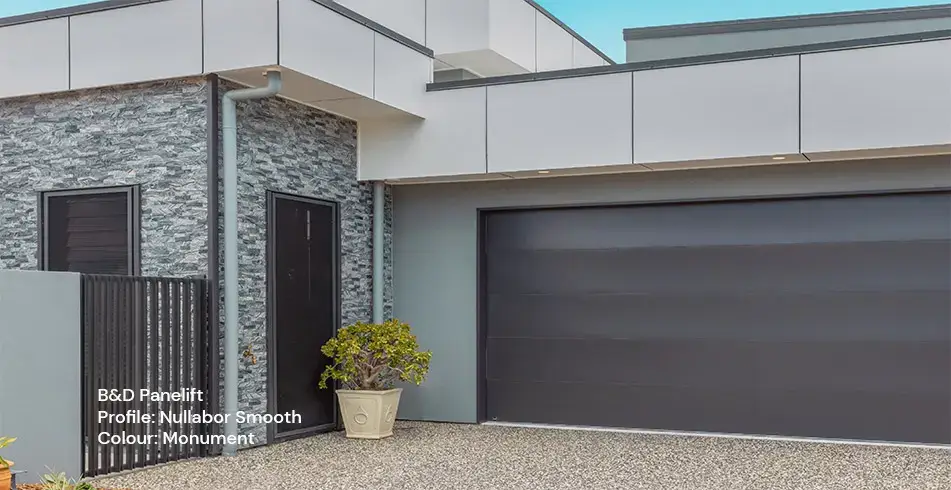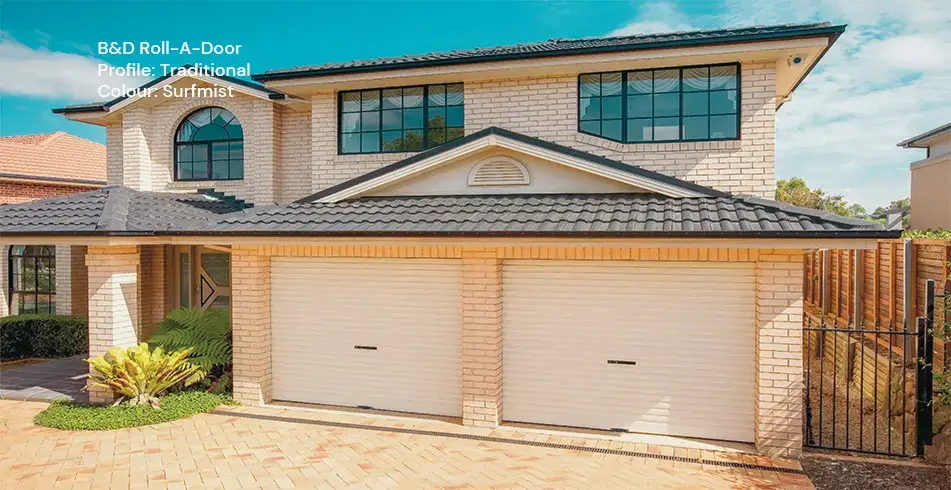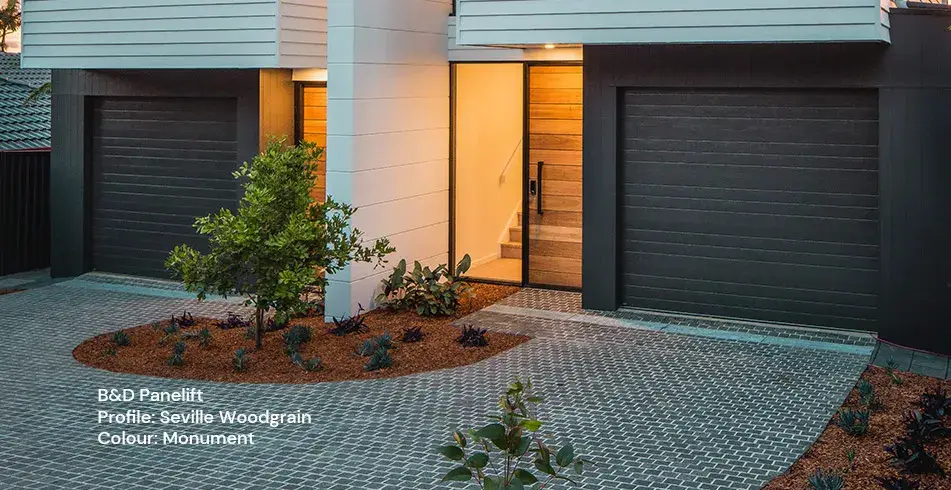Roller doors are a popular choice for garages because of their durability and space-saving design. However, like any garage door, they can develop problems that are concerning to homeowners. For roller doors, this is ballooning, where the door bulges outward as it opens or closes. This may be a sign of underlying problems that could lead to further damage or even compromise the door's functionality. Understanding the causes and knowing how to address this issue is necessary if you want to maintain the longevity of your roller door.
What Causes Ballooning in Roller Doors
Ballooning happens when the roller door material stretches or warps, causing a bulge as it rolls up or down. This can result from improper installation, wear and tear, or exposure to harsh environmental conditions. Over time, these factors can cause the door to lose its structural integrity, leading to the unsightly and potentially damaging ballooning effect.
Step 1: Inspect the Roller Door
The first step to addressing a ballooning roller door is a thorough inspection. Look for any visible signs of damage, such as dents, cracks, or areas where the door appears to be sagging or bulging. Pay close attention to the door’s edges and the area where it meets the guide tracks. If you notice any irregularities, it could be a sign that the door is not aligned correctly or that the material has been compromised.
Also, check the door’s tension. If it feels loose or uneven when opening and closing, this could contribute to ballooning. In some cases, the door’s tension may need to be adjusted to ensure it works smoothly without excess strain on the material.


Step 2: Check the Guide Tracks
Tracks are crucial for a smooth door movement. Misaligned or obstructed tracks can force the door to move unevenly, resulting in ballooning. Inspect the tracks for debris and damage, then clean them thoroughly to remove obstructions.
If the tracks are bent or damaged, they may need repair or replacement. Even minor misalignments can escalate, so address track issues promptly. For extra tips, see our maintenance guide.


Step 3: Adjust the Door Tension
Ballooning might also result from improper tension in the springs that help balance the door. If the tension is incorrect too loose or too tight the door could move unevenly.
Adjusting tension requires specialized tools and knowledge, as these springs are under high pressure. DIY attempts can be hazardous, so contact a qualified garage door technician for safe, accurate adjustments.


Step 4: Consider Professional Assistance
Although homeowners can tackle minor fixes themselves, ballooning generally suggests deeper issues that warrant expert intervention. If you’ve done a thorough inspection, cleaned the tracks, and still notice ballooning or if simple solutions haven’t resolved the issue you should consult a professional.
An experienced garage door technician can identify the exact cause of ballooning and recommend solutions, such as tension adjustments, repairing/replacing damaged parts, or even installing a new roller door. Professional help ensures your door’s safety, longevity, and peak performance.


Looking for more information?
Why Choose B&D
-
Safe as can B&D
-
Reliable as can B&D
-
Smart as can B&D
-
Quite as can B&D
-
Original as can B&D

 Dealers Near Me
Dealers Near Me





